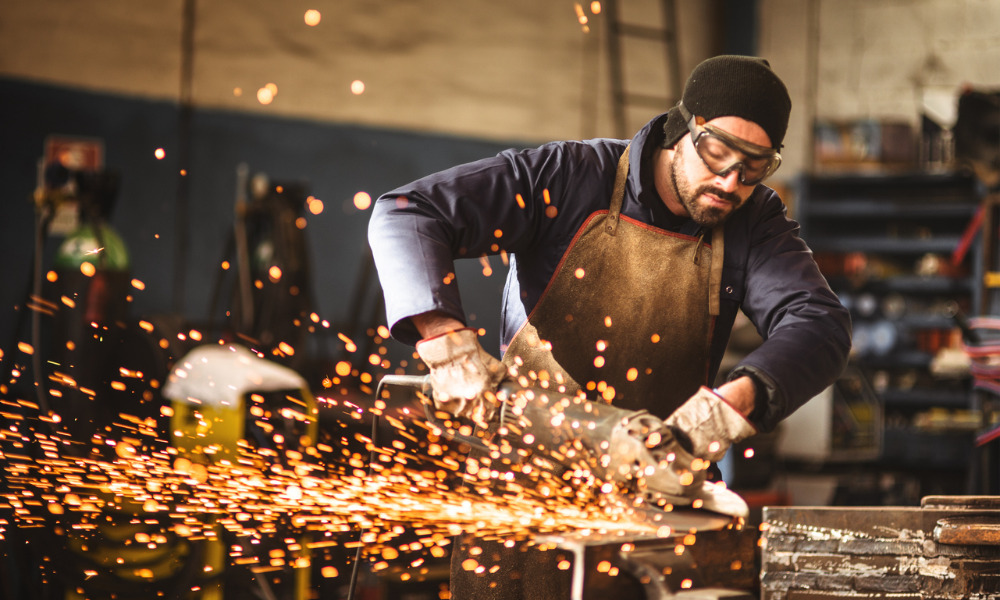Every day 200 people in Canada sustain a work-related eye injury

Eye injuries at work are incredibly common. Every day, around 1,000 people in North America – 200 of which are in Canada – sustain a work-related eye injury. Even worse, around 90 per cent of these injuries are entirely preventable according to the Canadian National Institute for the Blind (CNIB).
The Canadian Centre for Occupational Health and Safety (CCOHS) says that it is so important to protect workers from eye injuries because they “can cause lost time at work, serious vision loss and, in some cases, permanent blindness. They can also cost your organization by affecting productivity, profitability, competitiveness and employee morale.”
Personal Protective Equipment (PPE) and notably protective eyewear can go a long way in providing the proper protection to workers. The problem is that sometimes employees just don’t fancy wearing it. No one wants to be a “safety cop” but sometimes it is part and parcel of being an OHS professional. Education and communication go a long way in effectively engaging with workers and encouraging them to maintain safe behaviours at work. Here are some ways that you, as a safety pro, can remind workers to wear protective eyewear.
1. Encourage workers to keep equipment in the same place. Always having their protective eyewear in the same place (in a designated locker, near the workstation, etc.) will make workers less likely to lose or misplace their gear. And always having the equipment in the same helps turn the deed into a habit.
2. Remind workers to not remove them unless necessary. Similar to the first point, encourage workers to not remove their protective eyewear unless it is entirely essential. This is partly because keeping it on at all times provides optimal protection, but also because not removing it reduces the chance of losing it or leave it lying around.
“Wearing glasses during breaks can help. Removing glasses during a break could cause workers to forget to put them back on when they go back to work. That danger can be avoided by not removing glasses in the first place as long as workers do not need to remove them,” says Honeywell.
If a worker keeps removing their glasses, this may be a sign that something is wrong, which leads to our next point…
3. Get workers to pick a model that works for them. It is imperative that workers find the right glasses that are comfortable for them and work for their face shape. There are a range of brands and models on the market and surely something available for any kind of face shape. And the hard truth is that if the glasses aren’t comfortable, workers simply aren’t going to wear them. Protective eyewear must also meet the correct standards. The CCOHS says that in Canada, protective eyewear “must have the CSA mark on it to show that it meets Canadian Standards Association (CSA) standards.”
4. Install signage for more effective communication. Even with all the best intentions in the world, some things just slip our mind. While this is very normal, in a workplace this can put a worker’s safety at risk. Having posters and other signage around the worksite or near workstations is an easy way to share a message constantly.
5. Engage with workers to incentivize them. Training and education go a long way in correctly informing workers about all potential hazards in their place of work, and just how crucial PPE is to prevent a range of injuries and fatalities. Simultaneously, engaging with workers and communicating with them about their preferences (one-on-one chats, surveys, etc.) and what works best for them will also help find the right ways to encourage safe behaviours in the workplace.





